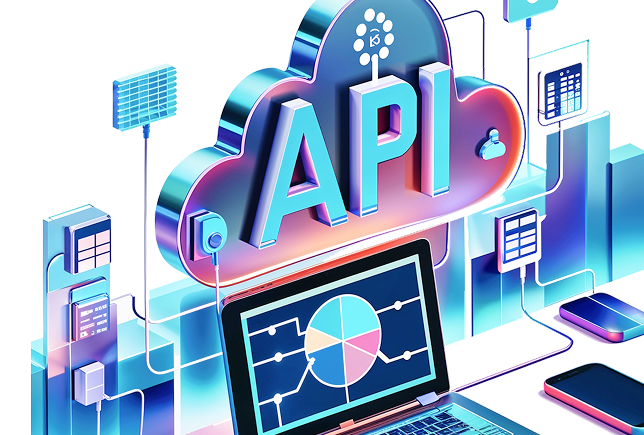What problems does it solve?
A lack of system integration remains a common issue even in fast-growing and well-established companies. As businesses expand, data flow becomes more complex, and different applications and platforms fail to communicate effectively. This results in:
❌ Data inconsistencies
❌ Manual data entry errors
❌ Time-consuming processes
For industries such as manufacturing and OZE, disconnected systems hinder operational efficiency, leading to delays in production planning, inventory tracking, and order fulfillment.
What is it and what are the benefits?
An API (Application Programming Interface) is a set of tools that enable seamless data exchange between different IT systems. APIs allow businesses to connect ERP, MES, WMS, SCM, and other systems, eliminating manual data input and reducing the risk of errors.
✅ Ensures smooth data transfer between platforms
✅ Automates processes across various applications
✅ Reduces human errors in data handling
✅ Speeds up operations by enabling real-time system communication
APIs do not monitor production processes directly, but they play a critical role in the background by supporting systems like MES or ERP, which handle production planning, execution, and monitoring.
How does it work?
APIs act as bridges between different applications, allowing them to exchange data in real time. This ensures that:
🔹 Order data is instantly reflected in inventory and production systems
🔹 Stock levels are updated automatically across platforms
🔹 Production schedules are synchronized with supply chain operations
By integrating key IT systems via APIs, companies achieve greater efficiency, reduced downtime, and improved decision-making based on real-time data insights.

